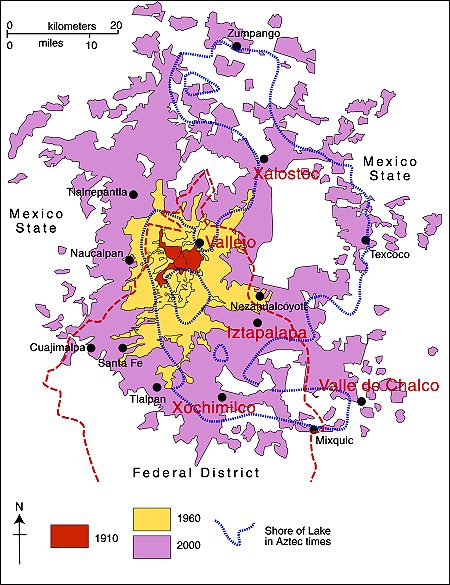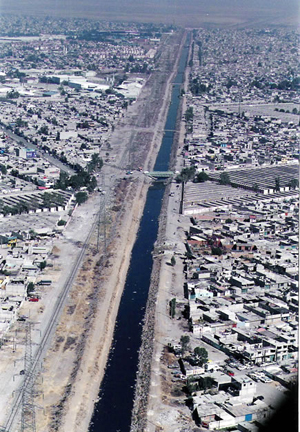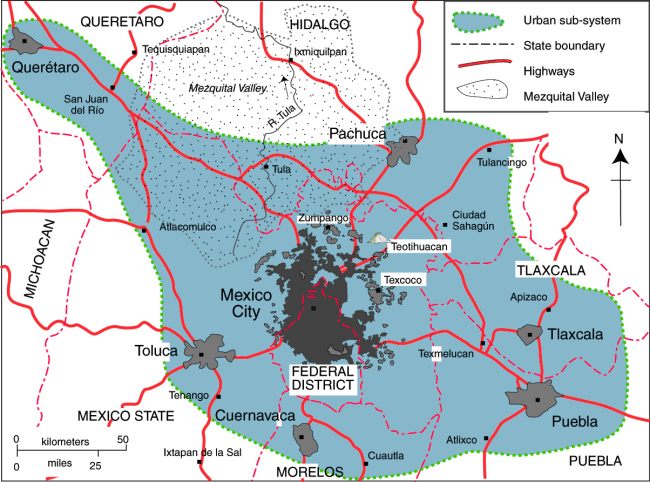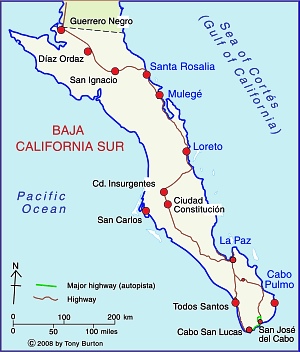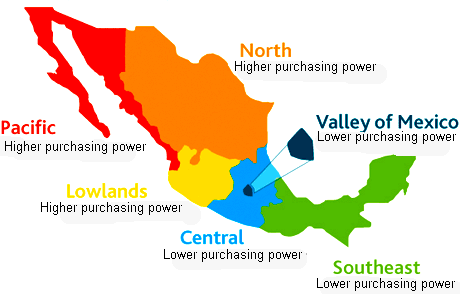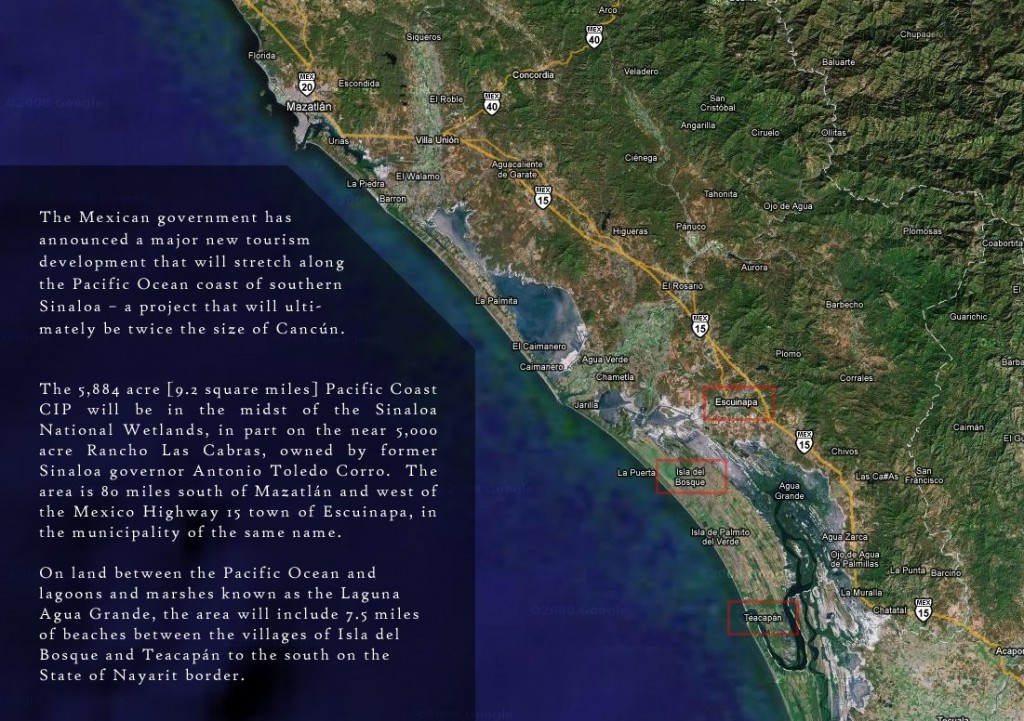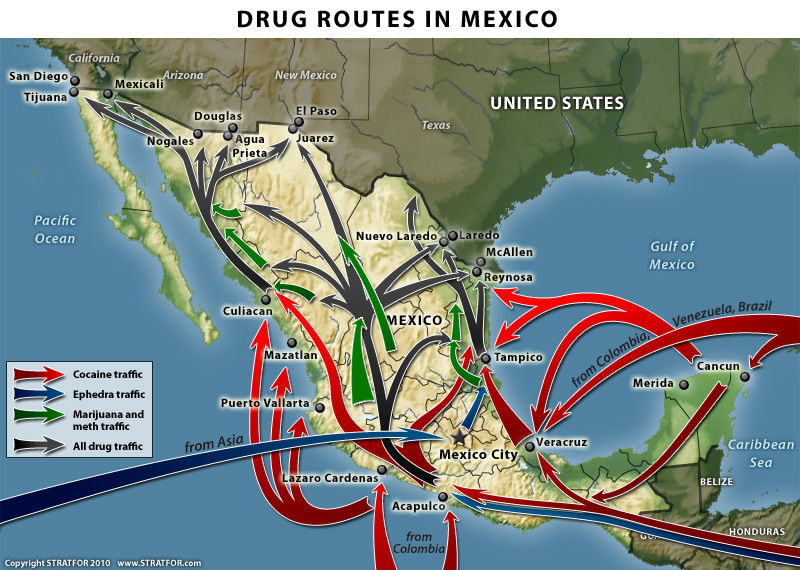Near-shoring means “the transfer of business or IT processes to companies in a nearby country, often sharing a border with your own country” (definition from SourcingMag.com). It is closely related to offshoring, now usually limited to similar transfers as near-shoring, but to more distant locations. Among the best examples of near-shoring are the hundreds of US companies that have set up factories and assembly plants in Mexico under the long-running maquiladora program (analyzed in detail in chapter 20 of of Geo-Mexico: the geography and dynamics of modern Mexico).
Maria Elena Rigoli, the President of Collectron International Management Inc., which helps companies make the move from the USA to Mexico, was interviewed about near-shoring for the 20 December 2010 issue of Food Manufacturing News. Despite reflecting her obvious vested interests, the transcript of the interview is still interesting reading for geographers.
Rigoli first explains how Mexico’s maquiladoras work and then lists the major benefits of moving a company’s operations to Mexico:
- Extremely fast shipping times offered by such a close location
- Reduced labor costs
- Trade agreements with many different countries, including NAFTA
- Decades of experience in manufacturing and exporting
- Highly-skilled, well-educated workforce
Quotes from the interview:
“Mexico is one of the world’s five largest developing economies. Global market research firm EuroMonitor International forecasts that Mexico will replace Italy as the 10th largest economy in the world within the next decade.”
“The technology used when producing goods in [Mexico’s] maquilas is the same or superior to that in the United States, as technology is typically transferred by the contracted companies individually. Additionally, the large pool of educated technicians coming out of Mexico’s many technical universities are trained to assemble, package, test and manufacture products in a maquiladora setting. This training is either on par or above the average training manufacturing personnel receive north of the border.”
“The growth of Mexico’s share in the aerospace industry speaks volumes about the craftsmanship and quality of products produced in Mexico. Originally, companies like Boeing and Bombardier only outsourced high volume-low tech operations to Mexico, now entire fuselages are designed and built here.”
How do Rigoli’s claims match up to what is happening today?
Well, among the numerous press reports that US manufacturers have started ‘near-shoring’ work from Asia to Mexico, is this one in Asian Shipper., that quotes figures from a survey conducted by consultancy AlixPartners of 80 big US companies.
The survey found that:
- 9% have already shifted some or all of their operations from Asia to the Americas (= near-shoring).
- 33% are considering doing it in the next three years
Is Mexico the most attractive location for near-shoring?
- 63% say, “Yes!”
- 19% think the USA is better.
What are the major advantages of near-shoring?
- 30% said lower freight costs
- 25% said speed-to-market
- 18% claimed lower inventory costs
- 16% said time-zone advantages such as easier management coordination
- 11% liked closer cultural ties with North American managers.
What started as a trickle of US firms moving manufacturing back from China to Mexico seems to be becoming a clear trend. Globalization may have expanded the reach of many such US firms, but near-shoring now seems to be pulling some of them back, closer to home.
Related posts:








